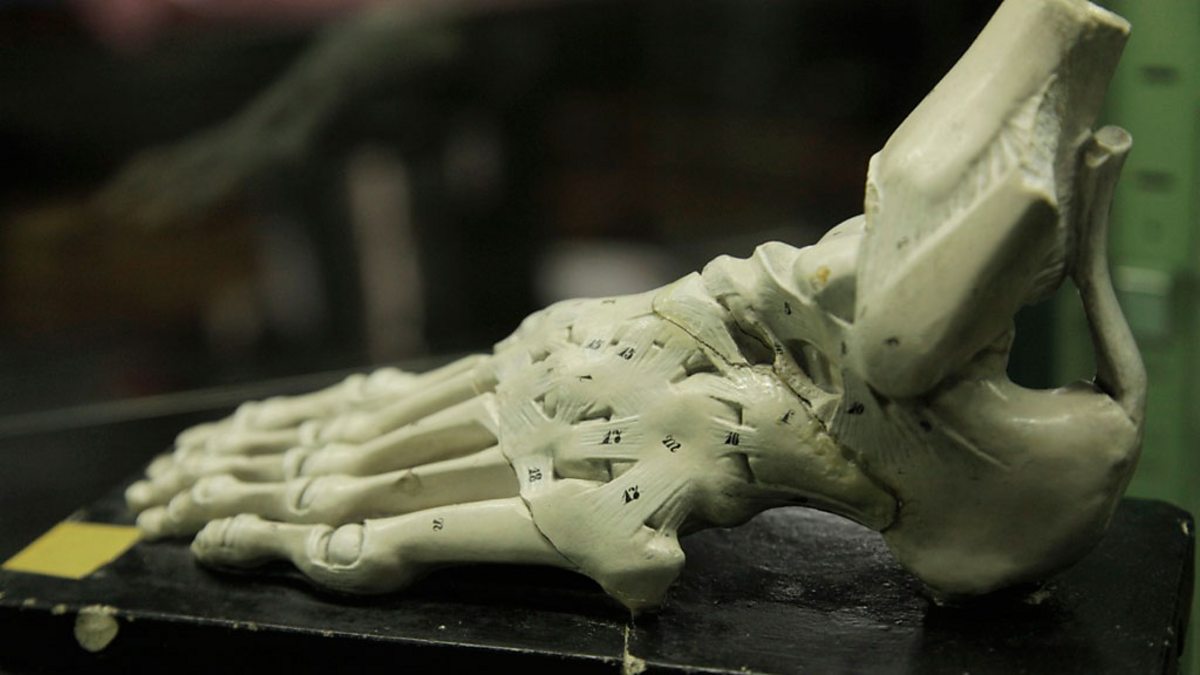I think at some point common sense has to prevail. Despite what Dr Biggs has claimed, dismemberment crimes are not common today-less than three a year between 1985 and 2015 in Uk, and they weren't common in the late nineteenth century.
And disposing of body parts in areas where they were certain to be found, by a perpetrator seemingly intent on drawing attention to his handiwork, making life ridiculously complicated for himself, i.e. by disposing of remains in labyrinthal catacombs, and pitch black darkness, of the police's new headquarters would be a bizarre thing for a defensive dismemberer to do. And those that assert this would be perfectly normal way to dispose of remains, and to hide a crime, need to state precedent and explain why such argument is not, quite frankly, verging on the ridiculous.
And disposing of body parts in areas where they were certain to be found, by a perpetrator seemingly intent on drawing attention to his handiwork, making life ridiculously complicated for himself, i.e. by disposing of remains in labyrinthal catacombs, and pitch black darkness, of the police's new headquarters would be a bizarre thing for a defensive dismemberer to do. And those that assert this would be perfectly normal way to dispose of remains, and to hide a crime, need to state precedent and explain why such argument is not, quite frankly, verging on the ridiculous.







Comment